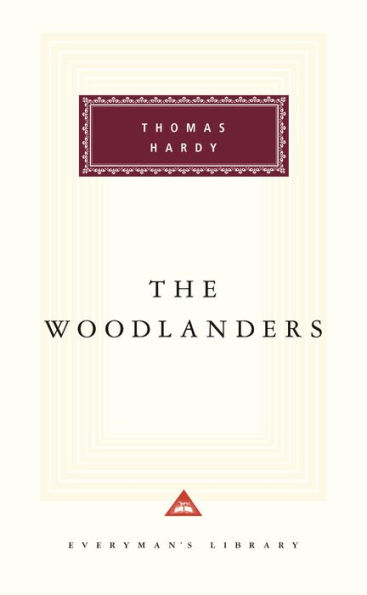The Woodlanders: Introduction by Margaret Drabble
The Woodlanders (1887) was Thomas Hardy's own favorite among his stories, and no other book of his more fully represents the many sides of his genius. This portrait of five people in an English village who are tangled in a drama of passion, betrayal, poverty, and pride of place richly demonstrates all of Hardy's distinguishing qualities—his intimacy with rural England, his feeling for nature, his frankness about physical desire, and his gift for rendering, in the most specific way, the mystery at the heart of things.
"1141112351"
This Everyman's Library edition is set from the text of the 1912 Wessex edition and includes Hardy’s map of fictional Wessex.
()
The Woodlanders: Introduction by Margaret Drabble
The Woodlanders (1887) was Thomas Hardy's own favorite among his stories, and no other book of his more fully represents the many sides of his genius. This portrait of five people in an English village who are tangled in a drama of passion, betrayal, poverty, and pride of place richly demonstrates all of Hardy's distinguishing qualities—his intimacy with rural England, his feeling for nature, his frankness about physical desire, and his gift for rendering, in the most specific way, the mystery at the heart of things.
This Everyman's Library edition is set from the text of the 1912 Wessex edition and includes Hardy’s map of fictional Wessex.
()
24.0
In Stock
5
1

The Woodlanders: Introduction by Margaret Drabble
464
The Woodlanders: Introduction by Margaret Drabble
464Hardcover
$24.00
24.0
In Stock

Product Details
| ISBN-13: | 9780375400827 |
|---|---|
| Publisher: | Knopf Doubleday Publishing Group |
| Publication date: | 06/09/1998 |
| Series: | Everyman's Library Classics Series , #233 |
| Pages: | 464 |
| Sales rank: | 507,665 |
| Product dimensions: | 5.30(w) x 8.30(h) x 1.15(d) |
About the Author
From the B&N Reads Blog
